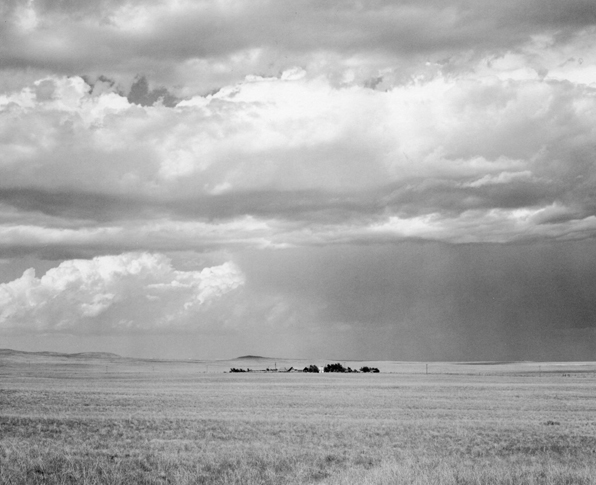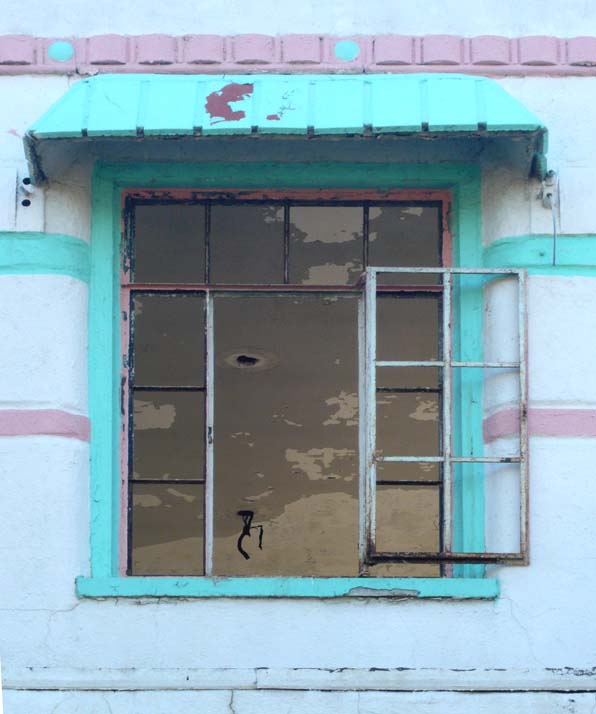As almost anyone can attest to, one of the very first buildings that most people see on arriving in Boulder is the First Christian Church on CO 36/28th Street, in southeast Boulder.
Built in 1960 and designed by Nixon and Jones, it is an excellent introduction to Boulder's great collection of late Modernist architecture.
The main sanctuary is the west-projecting prow that mimics the angled flatirons on the horizon and is clad in long strips of blue glass with a decorative, multi-colored geometric motif. The dropping site grade accentuates the projecting prow and the long, white horizontal balcony acts like a visual cantilevered beam simultaneously anchoring the building to the ground and allowing for it to soar upward.
Alongside the form of the sanctuary space is a stark brick "campanile", lozenge-shaped, standing just to the east of the main entry. While I don't think this tower houses any bells, it does act as that typical vertical element of the traditional campanile, distinguishing the entry and providing a vertical counter to the horizontal impetus of the front of the building.
The east side of the building is a series of low, single-story structures, an office and school. But the heart of the building clearly lies in the west sloping face.
The sanctuary portion of the building has been empty for quite a few years and is suffering from some much needed delayed maintenance. The soffits are showing some damage and the brick, with its raked horizontal joints and flush vertical joints, so typical of Wright-inspired mid-century architecture, is in need of proper tuck-pointing.
There are development plans afoot for much of the site, including some demolition, but retaining the sanctuary and campanile. As First Christian sits along the most-traveled entry into Boulder, thousands of folks travel past it everyday without much of a thought. Certainly the sites around this church have sprouted many buildings of ever-increasing size and articulation, diminishing the impact of the work. Nevertheless, it would be difficult to imagine Boulder without this iconic, welcoming edifice.














